Browsing the "Paleogene" Category
The Paleogene period is a division of earth’s history spanning from around 66 to 23 million years ago, and during which life recovered following the end Cretaceous mass extinction. The Paleogene was a warm stable period with temperatures on average 4°C above present. However, around 55 million years ago, the planet experienced a short but severe warming phase. During the Paleogene, the continents continued to disperse. The Indian and Atlantic oceans widened while the Tethys Ocean gradually closed as Africa collided with Europe and India collided with Asia leading to Alpine and Himalayan mountain building. Drake’s passage opened between South America and Antarctica leading to cooling of the southern continent. On land and in the oceans, mammals became increasingly diverse and abundant. Most of the major mammal groups, from primates to whales, first appeared within the Paleogene. Birds also continued to diversify. One of the most successful plant groups; the grasses, also evolved during this time. By the end of the period, the Antarctic ice sheet had begun to form accompanied by global cooling and sea level fall.
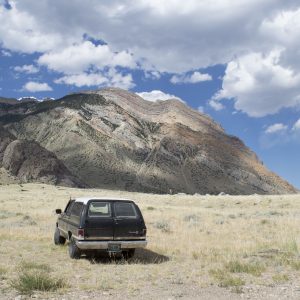
Published on August 1st, 2016 | by Laura Soul
The Bighorn Basin in Wyoming has been an important area for research into terrestrial ecosystems for decades. The basin formed as part of the uprising of the Rocky Mountains in the west of North America, and [&hellip... Read More →
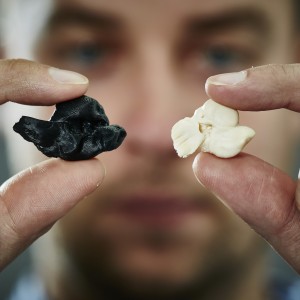
Published on April 13th, 2016 | by Liz Martin-Silverstone
Echolocation is an amazing ability that some mammals have evolved. Using sonar frequencies, dolphins and other toothed whales can communicate with each other and hunt prey, making the unique amongst marine mammals at being able to [&hellip... Read More →
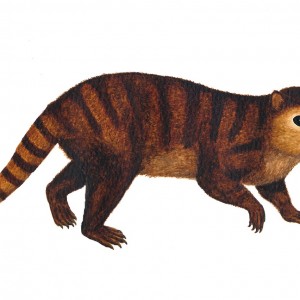
Published on October 5th, 2015 | by Liz Martin-Silverstone
The Cenozoic has often been described as the ‘Age of the Mammals’, while the Mesozoic was the ‘Age of the Dinosaurs’ which ended with the extinction of non-avian dinosaurs at the end of the Cretaceous. Mammals, [&hellip... Read More →
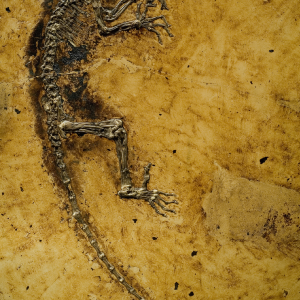
Published on September 16th, 2015 | by Liz Martin-Silverstone
Primate evolution is something that is heavily debated and not very well understood in palaeontology, but it is still heavily studied. In 2009, an amazing primate fossil was found in Messel, dating to approximately 47 million [&hellip... Read More →

Published on June 1st, 2015 | by David Marshall
The Cretaceous-Paleogene (K-Pg) mass extinction was the latest of the ‘big five’ events. Approximately 75% of species went extinct, with the most notable victims being non-avian dinosaurs. But what happened afterwards? By which methods were some [&hellip... Read More →
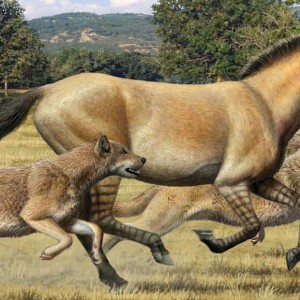
Published on August 5th, 2014 | by David Marshall
We’re all familiar with canines (dogs, wolves, jackals, foxes, etc), but these are just only one of three sub-families of the larger canid family to survive to the present day. There were also the Hesperocyoninae and [&hellip... Read More →
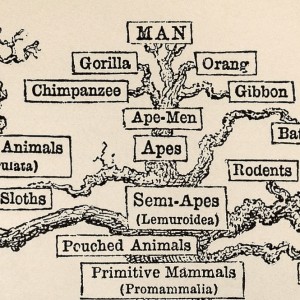
Published on February 1st, 2014 | by Joe Keating
Mammals are an incredibly diverse and highly successful group of animals. They include some of the tallest, heaviest and fastest animals around today, as well as our own species. For over 100 years, biologists have attempted [&hellip... Read More →
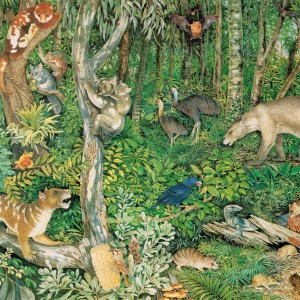
Published on January 16th, 2014 | by Laura Soul
Continuing our look at Australia’s marsupials, we speak to Dr. Karen Black, also of the University of New South Wales. We discuss the Riversleigh fossil site, which fossils it contains, how they are preserved and what [&hellip... Read More →
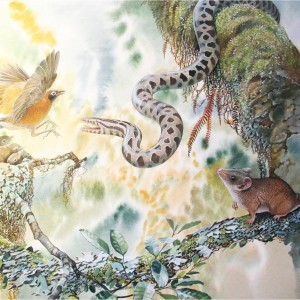
Published on January 1st, 2014 | by Laura Soul
Marsupials are a group of mammals best known from Australia, but are also present in South America and up to the southern and eastern parts of the USA. Despite their current geographical distribution, metatherians (the group [&hellip... Read More →
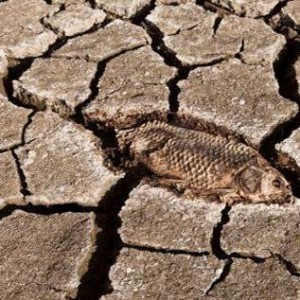
Published on December 1st, 2013 | by David Marshall
What are Mass extinctions, how are they quantified, what are the driving forces behind them, how bad were the ones in the past and will we have more in the future? To answer these questions we [&hellip... Read More →























